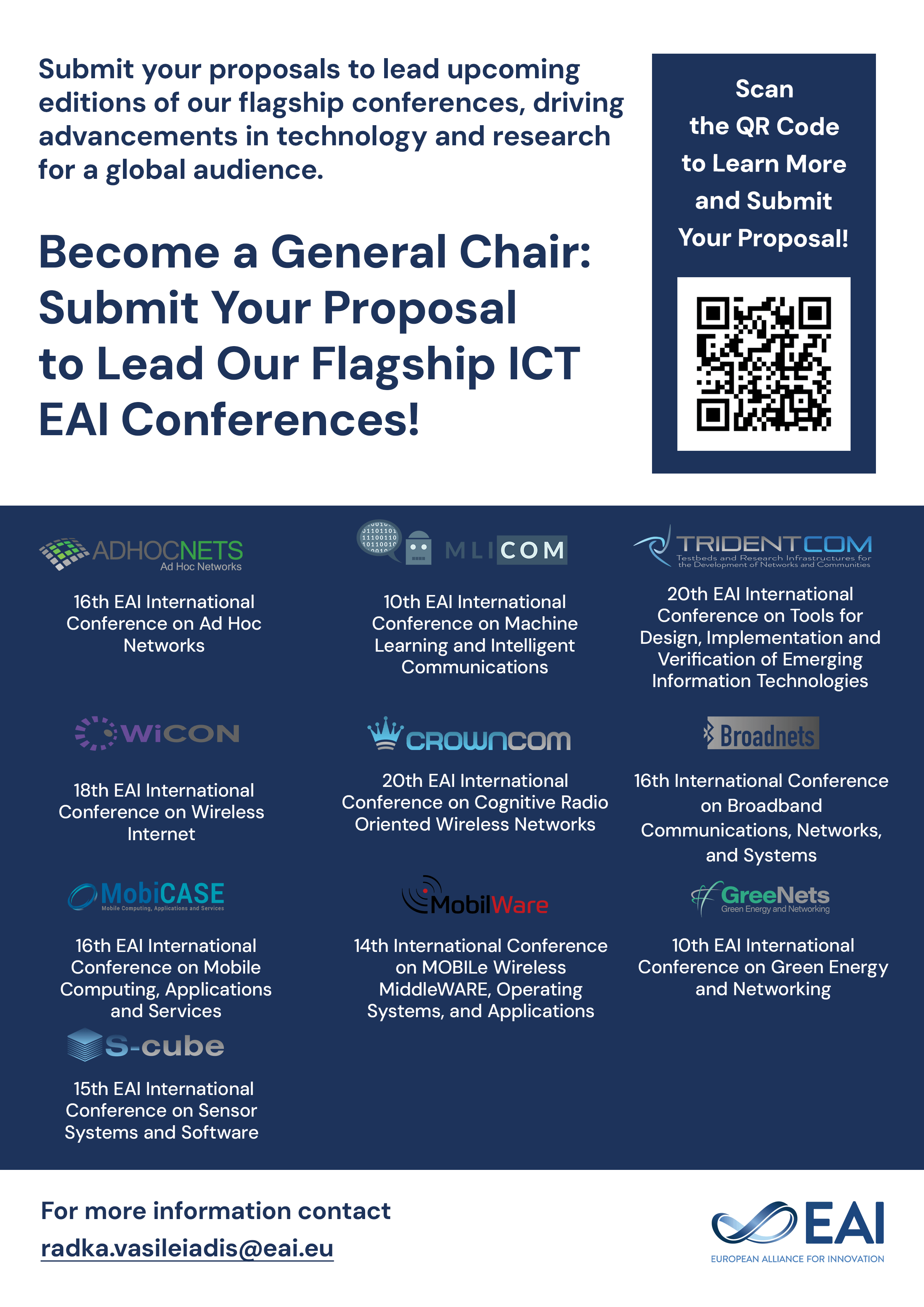
Research Article
Ambient technologies in the elderly population
@INPROCEEDINGS{10.4108/ICST.PERVASIVEHEALTH2009.7000, author={Elisabeth Steinhagen-Thiessen}, title={Ambient technologies in the elderly population}, proceedings={3d International ICST Conference on Pervasive Computing Technologies for Healthcare}, publisher={IEEE}, proceedings_a={PERVASIVEHEALTH}, year={2012}, month={3}, keywords={Tele-Reha aging society chronic disease disabilities elderly population handicaps industrialised countries mobility-impaired patients tele-rehabilitation-project}, doi={10.4108/ICST.PERVASIVEHEALTH2009.7000} }- Elisabeth Steinhagen-Thiessen
Year: 2012
Ambient technologies in the elderly population
PERVASIVEHEALTH
ICST
DOI: 10.4108/ICST.PERVASIVEHEALTH2009.7000
Abstract
Our aging society in industrialised countries is not only characterised by higher age and better health in general, but in age related capabilities and handicaps often based on chronic diseases and functional losses. Additionally multimorbidity can lead to functional losses followed by handicaps and disabilities. In consequence the elderly person can suffer from immobility, social isolation and depression. Furthermore it implies a high risk of loosing his or her independence. The main aim for those elderly is to obtain their every day competence' in spite of lifelong handicap and chronic disease. Cause of new developments in ambient technologies there is a challenge to supplement multi- and interdisciplinary approach to fulfil these aims. Ambient technologies as part of information and communication technologies have a great potential to influence quality of life for elderly people and prolong their independence. We will report about different examples of ambient technologies for this challenge. InTele-Reha', a tele-rehabilitation-project, mobility-impaired patients after discharge from hospital, their caregiving relatives, and geriatric professionals were comprised using PC-based videoconferencing systems. Additional they got access to a computer based information service. The objective was to prevent social isolation, more functional disabilities and secondary diseases which may result in the frequent need for outpatient or inpatient treatment. Another project focused on patients after stroke or hip fracture by sensor technology based home rehabilitation. Most of our patients have not reached their full potential of mobility and independence after the hospital. We conduct studies to investigate the feasibility of a sensor based home exercise program for motor learning. The project `nutribook' was developed for patients with severe chronic nutrition deficits who live at home and have ambulant services by nurses and their family doctors.


